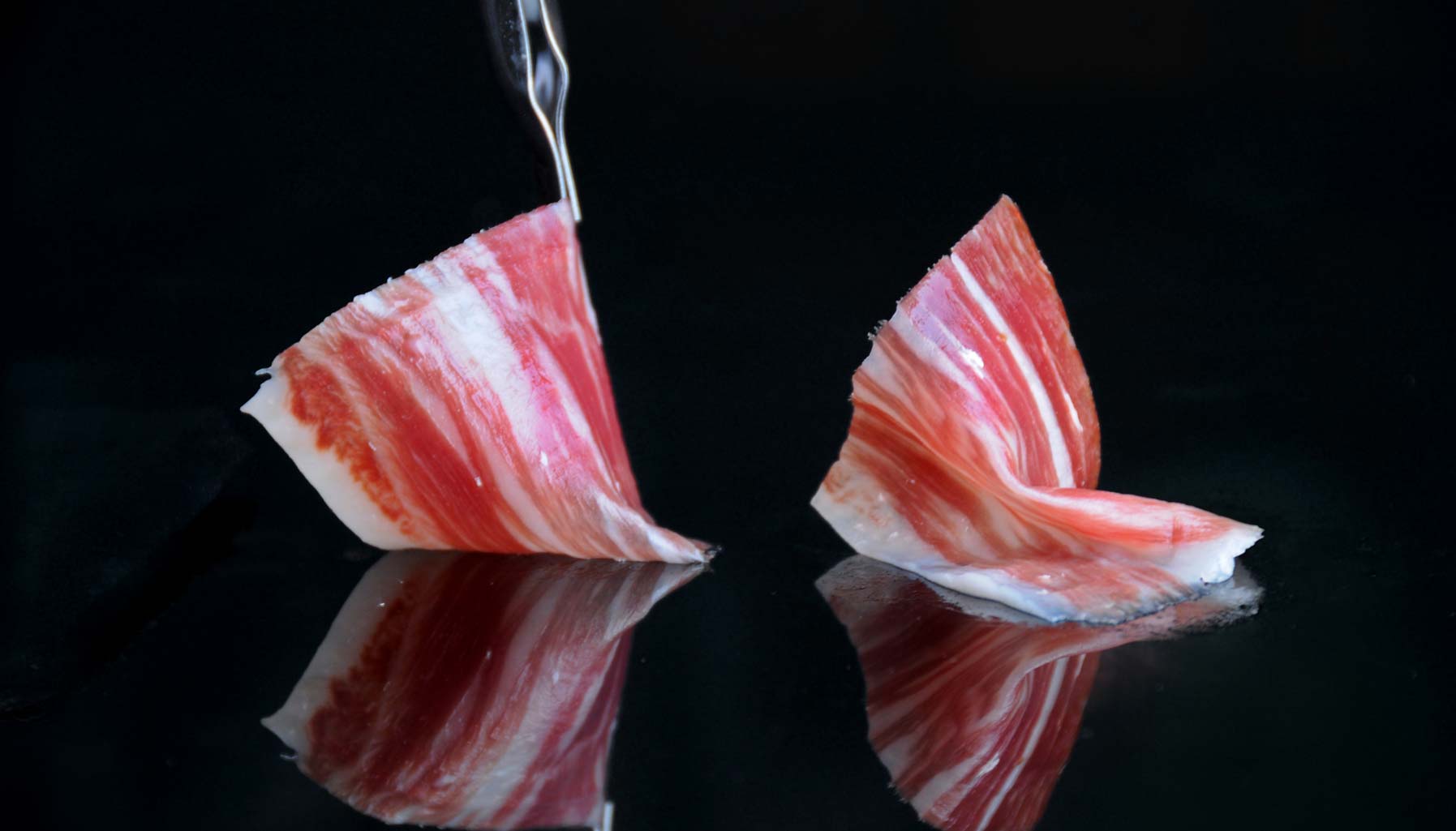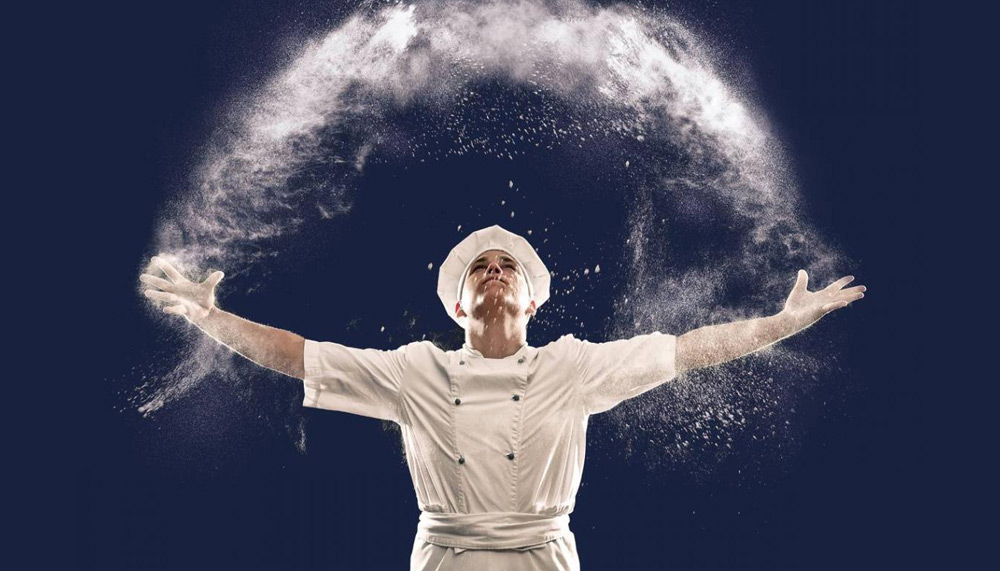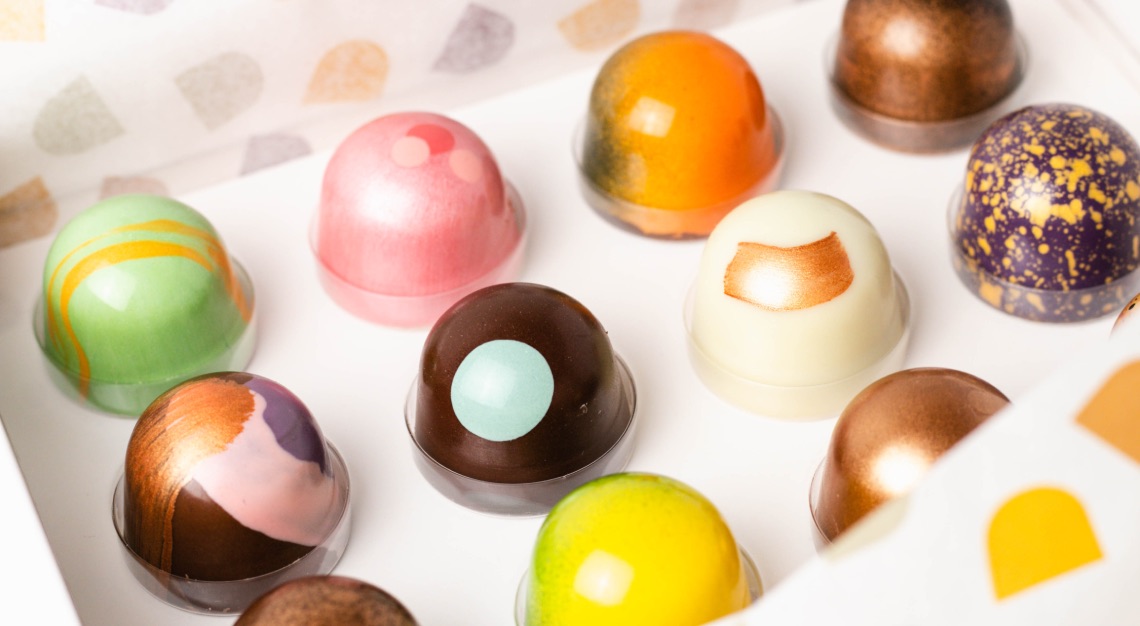pigging out
If you’re a gourmand and a connoisseur of the finest produce, there’s a good chance that jamon iberico de bellota – otherwise known as ham from acorn-fed Iberian pigs – is already a go-to at home or when dining out. It needs little introduction to serious foodies, but the backstory of how this incomparable charcuterie is made truly reveals why it is renowned as one of the world’s most expensive and exclusive meats – the Rolls-Royce of ham.
Elena Arzak is one of the world’s most celebrated chefs, holder of three Michelin stars at her family’s eponymous restaurant in San Sebastian for almost 30 years. She is in no doubt as to its influence and attraction.
“Jamon is hugely significant. It’s the most important Spanish food produce around the world. We adore it and it’s critically important to our culture. It has everything: great taste, an amazing production story, history and culture. We cannot imagine life without jamon.”
Tracing its story leads to the oak forests of south-west Spain, on the Portuguese border where the two regions of Huelva and Extremadura lie, unique ecosystems renowned for producing the finest examples of jamon iberico. Cinco Jotas – also known as 5J – wins the bragging rights when it comes to producing the sought-after silky delicacy. It is Spain’s oldest and original brand, founded in 1879, producing thousands of legs of ham every year for domestic consumption and exporting to discerning consumers and restaurants around the world.
The animals it uses are a long, long way from pigs raised in normal agricultural practices. For a start, their home is the beautiful oak glades known as dehesa, which cover the UNESCO- protected region. There are hundreds of smallholdings where they roam free as Cinco Jotas demand a minimum space of two hectares – per pig. The main constituent of their diet, famously, is acorns from the oak and cork trees that dot the landscape.
As a monogastric omnivore, in other words an animal with one stomach that cannot digest just dry grass, the unique Iberian breed of pig needs to eat 12kg of acorns and five kilograms of grass to grow just one kilogram in weight. That means it takes 700kg of acorns to raise one pig to maturity, at a weight of around 180kg and two years of age. By comparison, normal pigs are killed at the same weight at six months.
To avoid stress and suffering, the farmers who raise them use a special technique – to which the pig has been accustomed – when it comes to time for slaughter. It is regularly weighed throughout its life as part of the monitoring process, so when it meets its end the same approach is used, meaning it experiences nothing out of the ordinary before it is dispatched.
The hind legs are skinned before government inspectors certify them as Iberian acorn-fed and give them the celebrated pata negra black label on their feet, which guarantees consumers they’re eating one of the world’s greatest delicacies.
They then spend one day in salt for every kilogram of weight, before being rinsed and dried at low temperature so as to let the salt spread. Next comes the hanging in the vast, cool subterranean chambers, where thousands of jamon sit in rows for a minimum of three years. It’s no surprise that the smell is extraordinary and intoxicating in equal measure.
Regular inspections continue with a small tool called a cala, made of bone, that is plunged deep into the flesh. Like a wine producer or sommelier, one of the jamon masters sniffs it before explaining that the clearest sign of an acorn- raised pig comes in tiny white dots in the otherwise ruby red flesh.
Only after 36 months can it be carved by specialists known as cortadors, who produce translucent slices with ivory streaks of fat that melt on impact on the tongue. The beauty is there’s no protocol to eating it. At a tasting at Cinco Jotas in the picturesque town of Jabugo, the ham is simply arranged on a plate and served with a glass of sherry.
The taste is extraordinary, a mix of fat that disappears in contact with the tongue, a defined smooth and almost creamy nuttiness, hints of salt and a hit of natural umami. The beauty is that no jamon ever tastes the same as it represents the unique and precise region – or terroir – where it came from. Factors including the quality and number of acorns that year, the weather and the length of the hanging – up to six years in some cases.
Arguably the best part? Jamon Iberico de Bellota contains more than 55 per cent oleic acid, a monounsaturated fatty acid that is only bested by olive oil. So it’s even pretty good for you too, helping increase good and reduce bad cholesterol. With a humane and sustainable production process, brilliant flavouring and versatility, not to mention health-giving properties, it’s no surprise that no other charcuterie can come close to the Rolls-Royce of ham.






